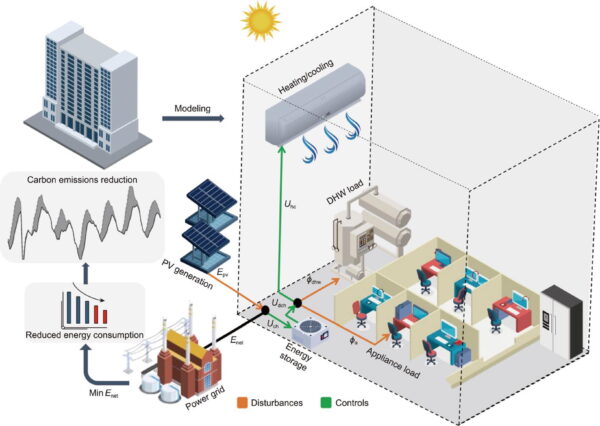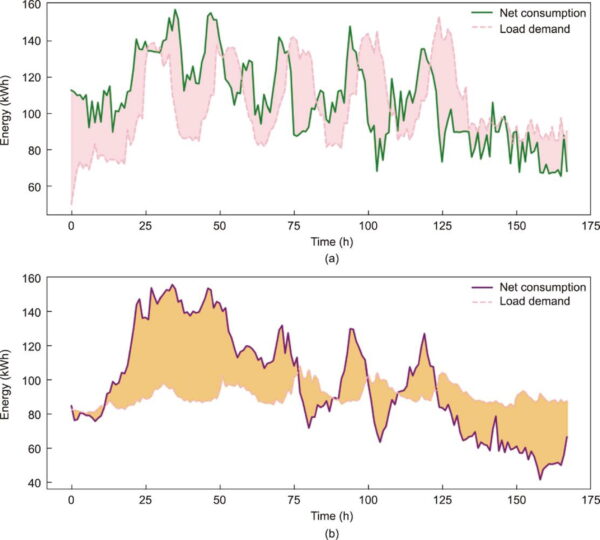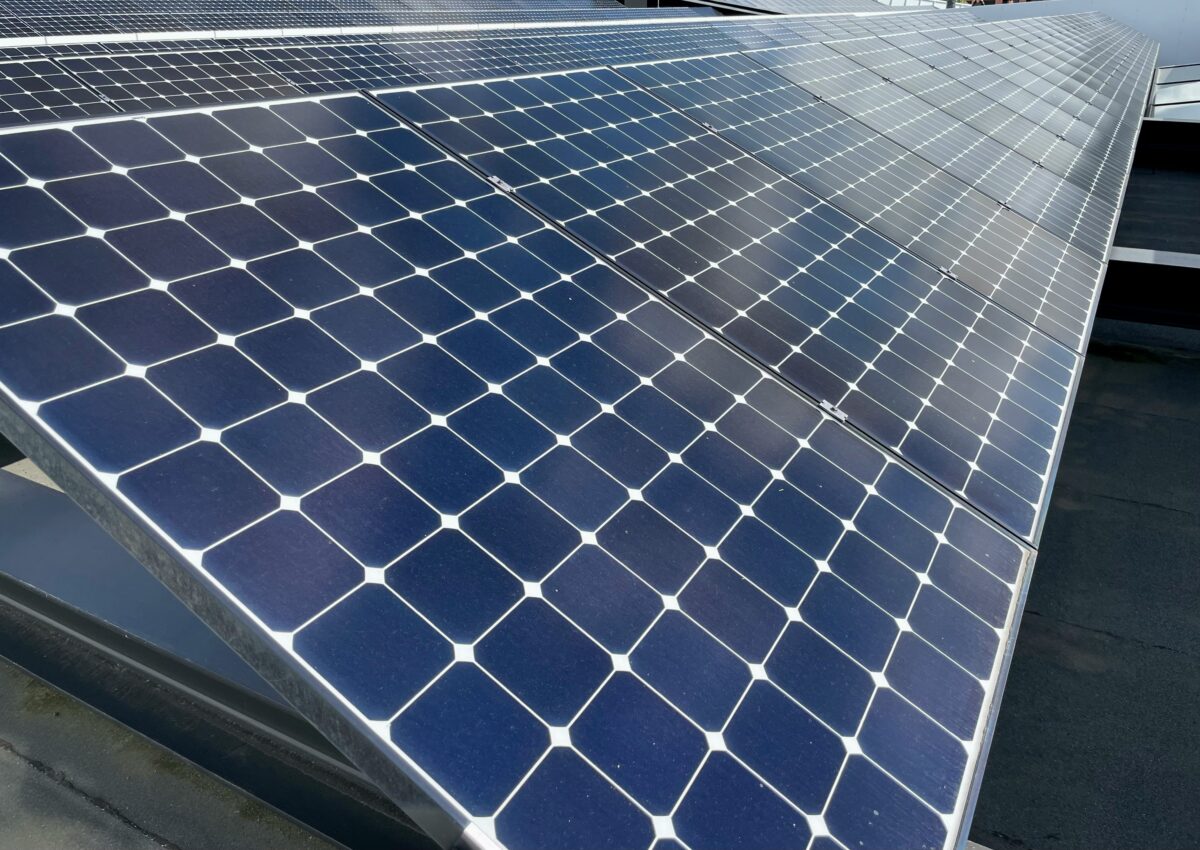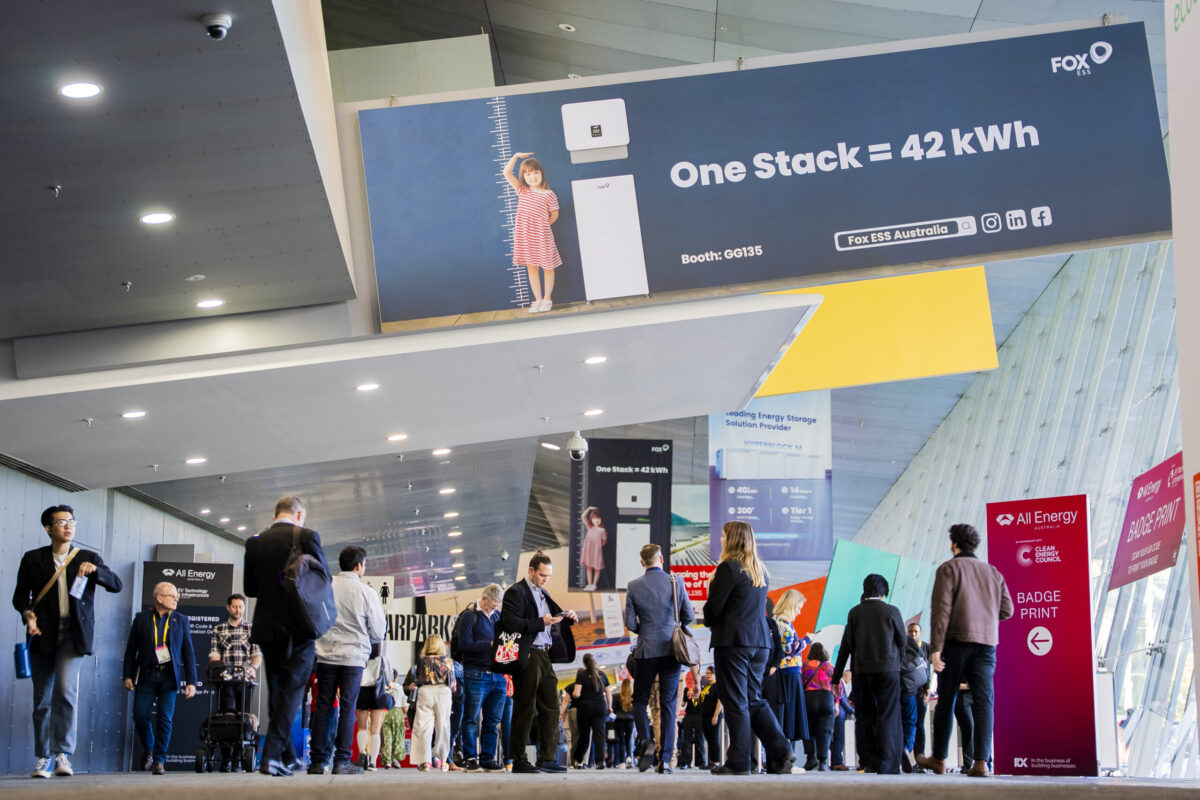Cornell University, New York scientists have combined quantum computing with model predictive control to manage the energy of two solar-equipped university buildings.
Compared to deterministic approaches, the quantum strategy achieved a 6.8% improvement in energy efficiency and an annual reduction of 41.2% in carbon emissions.
A group of researchers from New York’s Cornell University in the United States has developed a new building energy management method that combines quantum computing with model predictive control (MPC) to achieve energy efficiency and decarbonisation benefits, demonstrated in a study involving two PV-equipped buildings at the Cornell University campus.
“Quantum algorithms have the potential to solve large-scale optimization problems exponentially faster than classical computers, making them particularly suitable for complex building energy management systems,” the team explained.
“While current quantum devices may not yet outperform classical computers for specific optimization problems, developing quantum algorithms can pave the way for future advancements. As quantum hardware advances, quantum computing-based solution techniques can be readily applied to more complex and larger-scale building energy systems.”

Image: Cornell University
The team had to overcome a few challenges in their research. The first was to formulate the MPC problem as an optimisation problem that can be solved with quantum computing-based strategies.
Another challenge was finding a way to exploit knowledge from prior optimisation problems in new ones. The final challenge was to insert an adaptive component into the predictions to handle system uncertainties.
“The heart of the strategy is a learning-based parameter transfer scheme for the quantum approximate optimisation algorithm (QAOA). It leverages Bayesian optimisation and Gaussian processes to predict initial quantum circuit parameters,” the team said in a statement.
“This not only reduces the computational burden of QAOA but also enables the system to adapt to changing building states and external disturbances. By treating the MPC problem as a quadratic unconstrained binary optimisation (QUBO) problem, the approach can compute optimal controls to minimise a building’s net energy consumption.”
The team conducted computational experiments to demonstrate the method, simulating both the Carpenter Hall and the Baker Laboratory of Cornell University.
The first building’s windowed area is 2.866 metre squartered (m2) with a solar transmittance of 0.101, while the other building’s windowed area is 3.213 m2. Carpenter Hall had solar panels with an area of 1.4 m2 and a battery energy storage system with maximum capacities of 0.9 MWh, while the Baker Laboratory had 0.8 m2 of panels and 1.1 MWh of storage.

Image: Cornell University
Historical data from 2022 was utilised to conduct empirical evaluations, with the simulation running over January, April, July, and October. The learning-based QAOA technique was executed with noisy simulations for the IBM Brisbane quantum device equipped with the Eagle processor, comprising 127 qubits.
It was compared to non-quantum solutions: certainty equivalent MPC (CEMPC), an established deterministic MPC; and the perfect information approach, representing a theoretical best-case method assuming full knowledge of future uncertainties.
“The results showed remarkable improvements. The quantum MPC strategy achieved a 6.8% improvement in energy efficiency compared to deterministic MPC. It also led to a significant annual reduction of 41.2% in carbon emissions by effectively managing battery energy storage and renewable generation sources,” they found.
“Moreover, the proposed strategy demonstrated good adaptability. It could adjust the heating and cooling loads in response to ambient temperature changes, maintaining indoor comfort while optimising energy use.”
The new methodology was presented in “Decarbonization of Building Operations with Adaptive Quantum Computing-Based Model Predictive Control,” published in Engineering.
This content is protected by copyright and may not be reused. If you want to cooperate with us and would like to reuse some of our content, please contact: editors@pv-magazine.com.








By submitting this form you agree to pv magazine using your data for the purposes of publishing your comment.
Your personal data will only be disclosed or otherwise transmitted to third parties for the purposes of spam filtering or if this is necessary for technical maintenance of the website. Any other transfer to third parties will not take place unless this is justified on the basis of applicable data protection regulations or if pv magazine is legally obliged to do so.
You may revoke this consent at any time with effect for the future, in which case your personal data will be deleted immediately. Otherwise, your data will be deleted if pv magazine has processed your request or the purpose of data storage is fulfilled.
Further information on data privacy can be found in our Data Protection Policy.